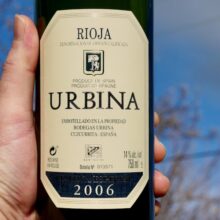
Product information
Bodegas Urbina Reserva Especial 2006
$93
Description
Well, here’s something a little bit tasty. 17+ year old Rioja and in fine form. Access to gear with a little age on it is a treat! Urbina Reserva Especial 2006 is one of those wines that you can just nuzzle into, calming, reassuring, delicious.
Plush, luscious, super fine, long tannins wrap a core of vibrant, ripe fruit layered with savoury, earthy, truffles and tea. A saline lick matching fine acid to give us a fresh, thirst-quenching wine. The complexity and secondary development here offers scent after scent all the while the core of fruit driving through the palate.
In stock
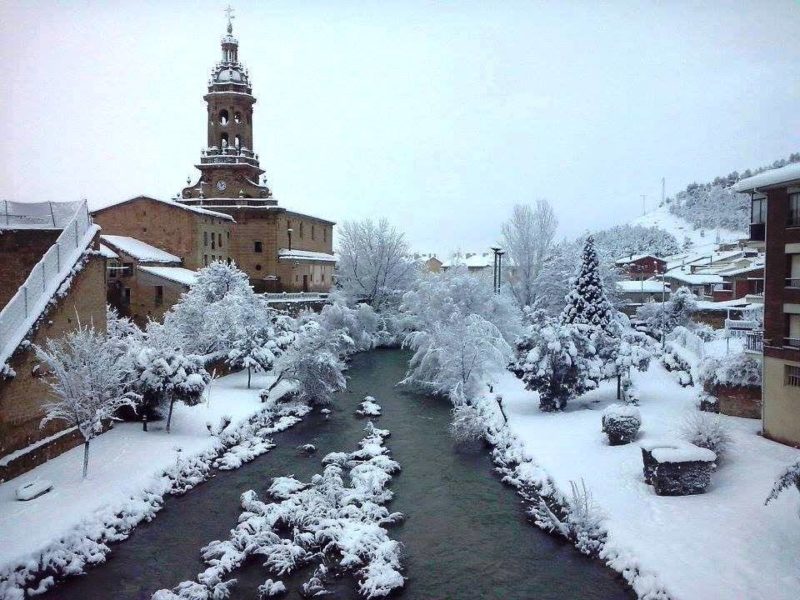






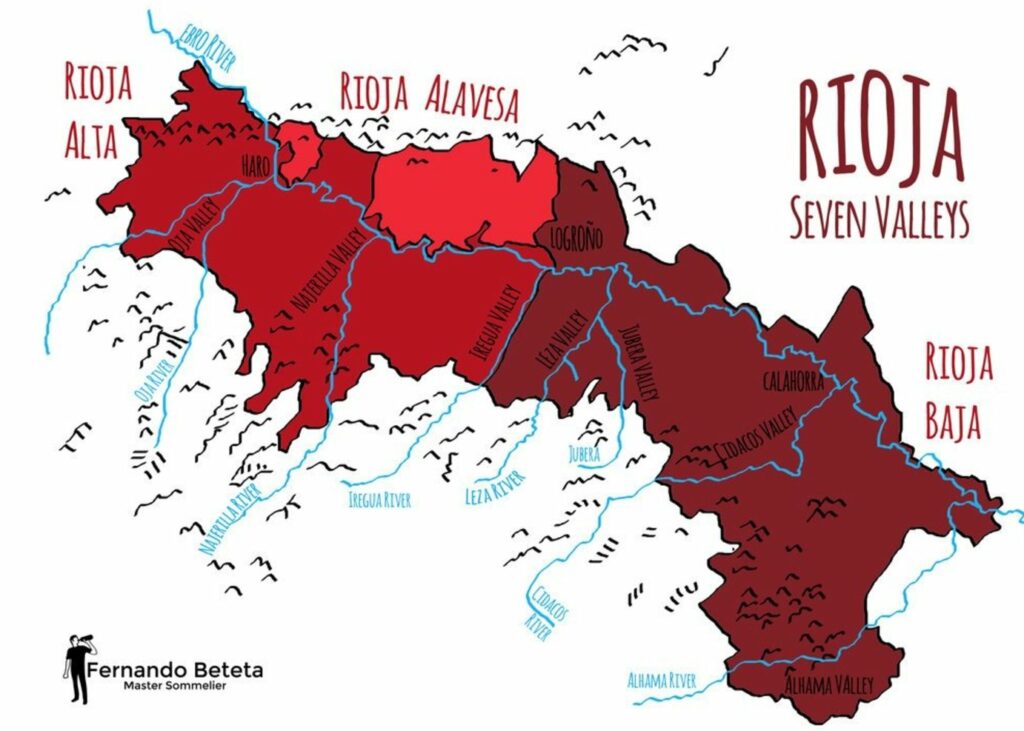
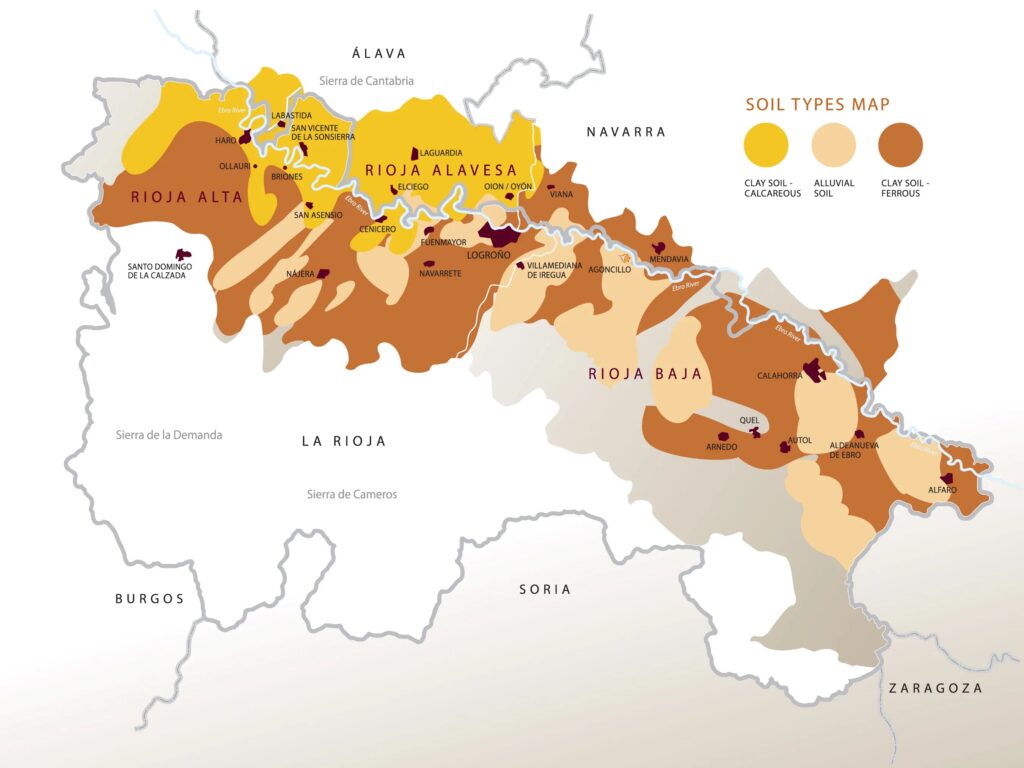
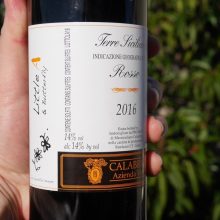


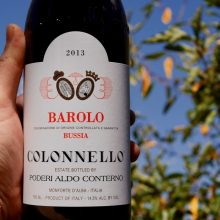
You must be logged in to post a comment.